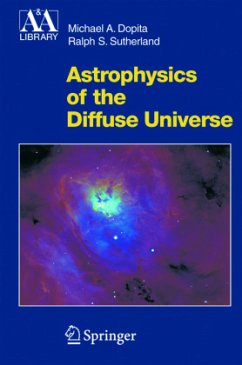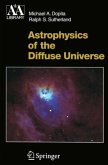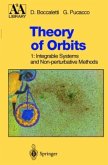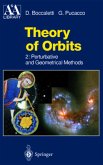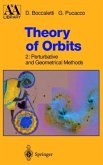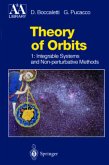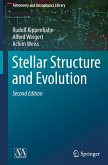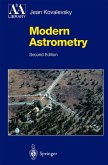The book is designed as an astrophysics textbook to provide a comprehensive introduction to the physics of interstellar matter. It is aimed primarily at those undertaking post-graduate courses, or those doing advanced projects as part of honours undergraduate courses in physics or astrophysics. It should also provide a handy reference to the field for astrophysics faculty and other researchers who are not necessarily experts in this particular subdiscipline. The book s hould be purchased by student users, active researchers and teachers. The objective of the book is to show how physics can be applied to the understanding and diagnosis of the phase structure, the physical conditions and the chemical make-up and evolution of the interstellar medium. Unlike other textbooks in the field, here a more systematic approach has been adopted based on the authors' lecture course experience.
Our purpose in writing this book is to show how physics has been applied to developing our current understanding of the phase structure, physical condi tions, chemical makeup and, evolution of the (thermal) interstellar medium. We hope it provides an up-to-date overview which postgraduates, advanced undergraduates, and professionals in astrophysics can use as a "reference of first resort" before going on to read the more specialist monographs or research literature. We have covered the exciting observational results, but without consideration of the experimental techniques or instruments required. An elementary understanding of mathematical physics and of quantum me chanics has been assumed, and a knowledge of basic astrophysics would be helpful. Older textbooks on interstellar physics have tended to develop the subject matter in an order which reflects the historical development of the field. Here a more pedagological approach has been adopted, based on our lecture course experience. We cover successively more complex physical systems found in the diffuse universe. Detailed mathematical rigour is eschewed in favour of provid ing the reader with a basic physical insight into these systems. Astrophysical problems are treated as practical applications of the physics. In practice, the material is generally ranked in order of decreasing entropy, since the hottest and most diffuse phases tend to be physically less complex.
Our purpose in writing this book is to show how physics has been applied to developing our current understanding of the phase structure, physical condi tions, chemical makeup and, evolution of the (thermal) interstellar medium. We hope it provides an up-to-date overview which postgraduates, advanced undergraduates, and professionals in astrophysics can use as a "reference of first resort" before going on to read the more specialist monographs or research literature. We have covered the exciting observational results, but without consideration of the experimental techniques or instruments required. An elementary understanding of mathematical physics and of quantum me chanics has been assumed, and a knowledge of basic astrophysics would be helpful. Older textbooks on interstellar physics have tended to develop the subject matter in an order which reflects the historical development of the field. Here a more pedagological approach has been adopted, based on our lecture course experience. We cover successively more complex physical systems found in the diffuse universe. Detailed mathematical rigour is eschewed in favour of provid ing the reader with a basic physical insight into these systems. Astrophysical problems are treated as practical applications of the physics. In practice, the material is generally ranked in order of decreasing entropy, since the hottest and most diffuse phases tend to be physically less complex.

